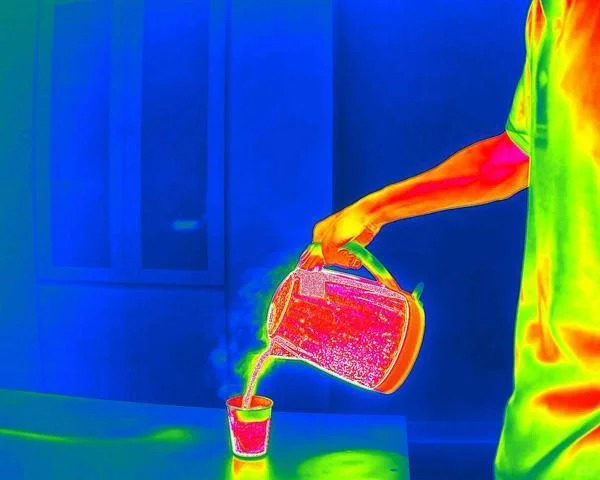Why is it that infrared thermography can capture images in total darkness at night that we normally cannot see with the naked eye?
Why is it that infrared thermography can capture images in total darkness at night that we normally cannot see with the naked eye?
Because everything with a temperature above absolute zero (-273°) emits infrared radiation. An infrared camera can convert the thermal radiation into a corresponding electrical signal, which is then amplified and processed to obtain a thermal image corresponding to the heat distribution on the surface of the object. Based on the thermal image formed by the difference in temperature or thermal radiation between the target and the background or various parts of the target, we can easily detect and identify the target in the complete absence of light.
As a passive, non-contact detection and identification technology, the two basic functions of infrared thermography are temperature measurement and visual enhancement. When it comes to visual enhancement, infrared thermography has the following unique advantages:
All-weather operation:
Unaffected by visible light, it can still be clearly imaged at night, realizing all-weather 24-hour work;
Fearless of bad weather:
The working wavelength is longer than visible light, so it can see the target through smoke, dust, rain and snow;
Long range:
Thermal imaging cameras can detect heat targets over several kilometers or even hundreds of kilometers, which is farther than visible light;
Super stealth:
Passively accept the infrared radiation of the target, not easy to expose themselves, and is conducive to the implementation of secret missions at night;
Easily recognize camouflage:
Thermal imaging cameras can easily identify a variety of jungle and shrub cover and camouflage of the target, to avoid potentially undetectable dangers




